|
Riverkeeper's note: This is the first of a two-part report from the Middle Susquehanna Riverkeeper Association. Click here for the second piece, a commentary response from Middle Susquehanna Riverkeeper John Zaktansky. In the Nov. 20, 2021, issue of the online Pennsylvania Bulletin, the Department of Conservation and Natural Resources (DCNR) Secretary Cindy Adams Dunn announced the execution of an oil and gas lease for publicly owned streambeds in Wyoming County with BKV Operating, LLC. According to the short release, the lease was effective as of March 15, 2021, and included the leasing of 198.5 acres of “submerged lands” along the Susquehanna River streambed in Mehoopany and Washington townships. The lease allows “the development of oil and natural gas below and between the ordinary low water marks of the Susquehanna River solely by means of directional, including horizontal, drilling on a nondevelopment basis that will not disturb the river or its bed.”
Among those purposes are conservation activities of the DCNR, funding projects through the Environmental Stewardship Fund and by the state’s Department of Environmental Protection (DEP) for cleaning up contaminated properties, according to Proctor.
“These all include things like gypsy moth spraying, reforestation projects such as planting more trees and other conservation-based efforts,” she said. Unfortunately, she added, a former administration moved some money from the oil and gas trust to general funds, which was later deemed unconstitutional, but those funds have yet to be returned. While the DCNR sets up and executes the under-river leases, the DEP is the state agency that has regulatory control, according to Colleen Connolly, Communications Relations Coordinator for DEP’s Northeast regional office. “The DEP relies on specific ‘permit conditions’ contained in individual permits the department issues to gas drilling companies to drill under waterways, such as the Susquehanna River, and not necessarily generic guidelines,” she said. Ultimately, Proctor suggested that the fact that there are no known negative impacts of fracking under the river via these leases dating back now over a decade is something people should consider a success. “There have been no devastating impacts, nothing showing up in the news, it is basically a nothing-to-see-here thing. When there are stray gas issues in other areas, they come up on everyone’s radars immediately,” she said. “We don’t see things like a lot of bubbling in the river, where people are asking why is that stream bubbling? Is it naturally occurring methane or is it from the gas industry? The track record for these sort of leases has been clean to date.” For more info about the state's oil and gas program and subsequent leases and policies, visit www.dcnr.pa.gov/Geology/GeologicEconomicResources/OilAndGas/Pages/default.aspx
0 Comments
Leave a Reply. |
AuthorsRiverkeeper John Zaktansky is an award-winning journalist and avid promoter of the outdoors who loves camping, kayaking, fishing and hunting with the family. Archives
April 2024
Topics |
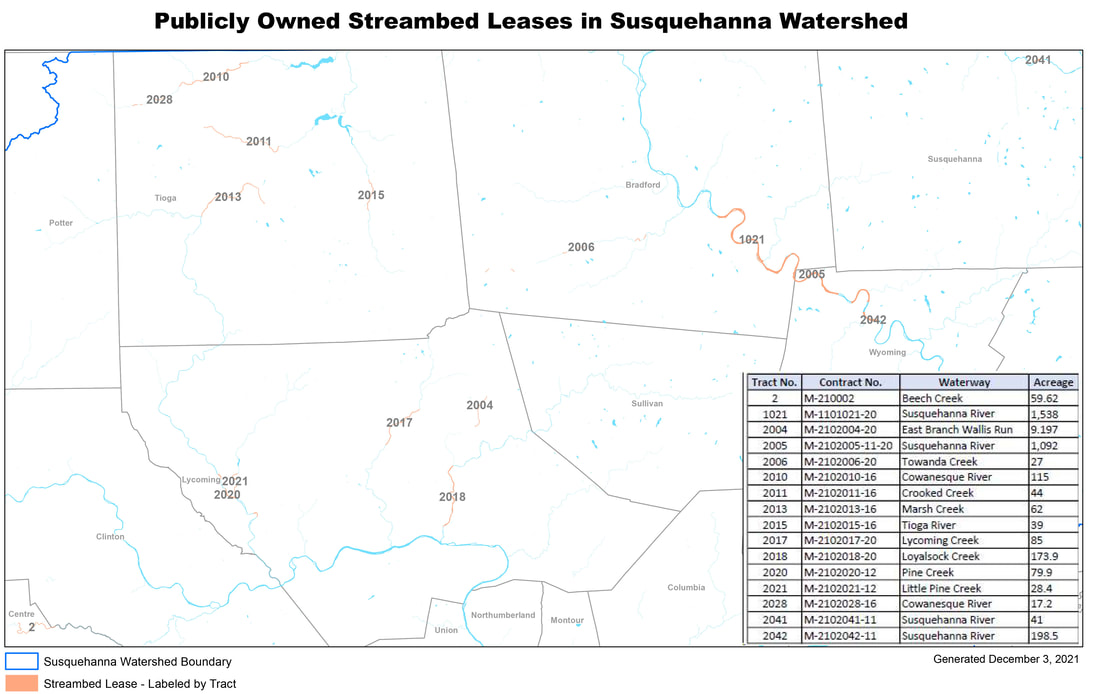
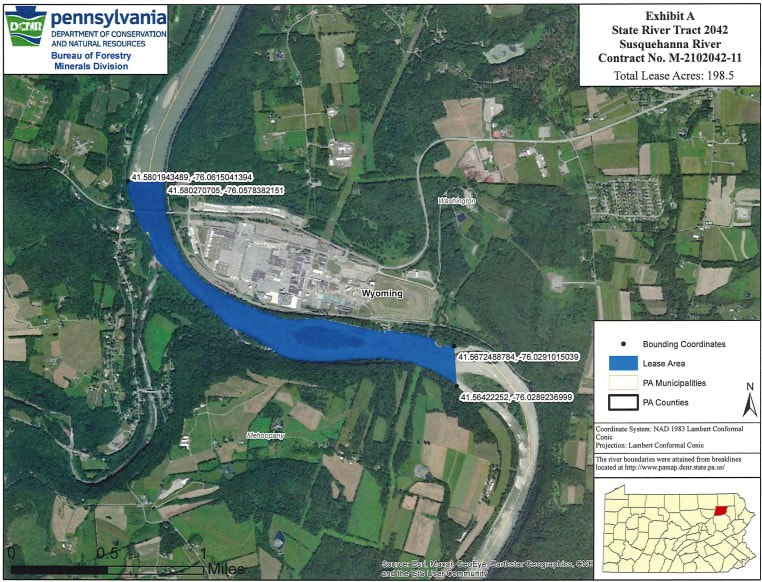
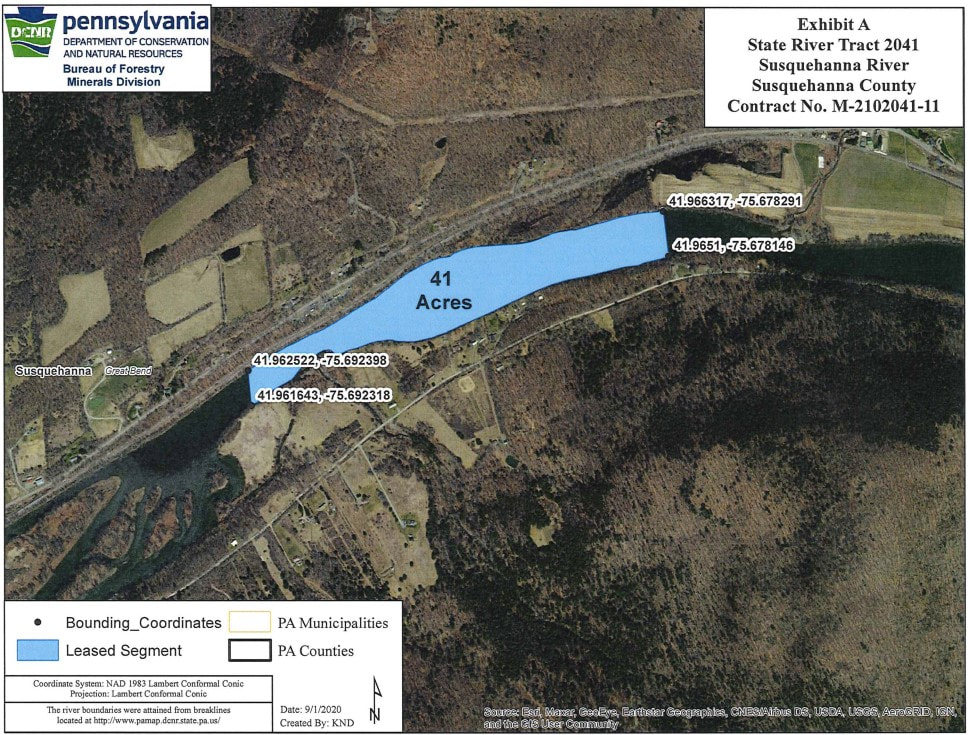
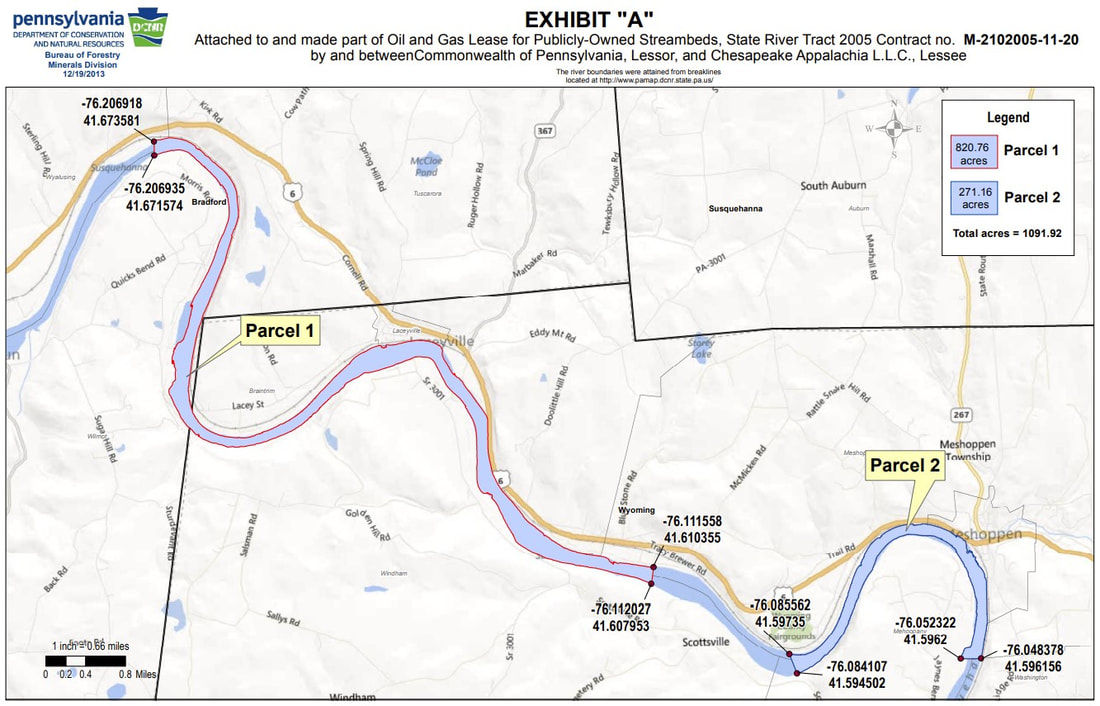
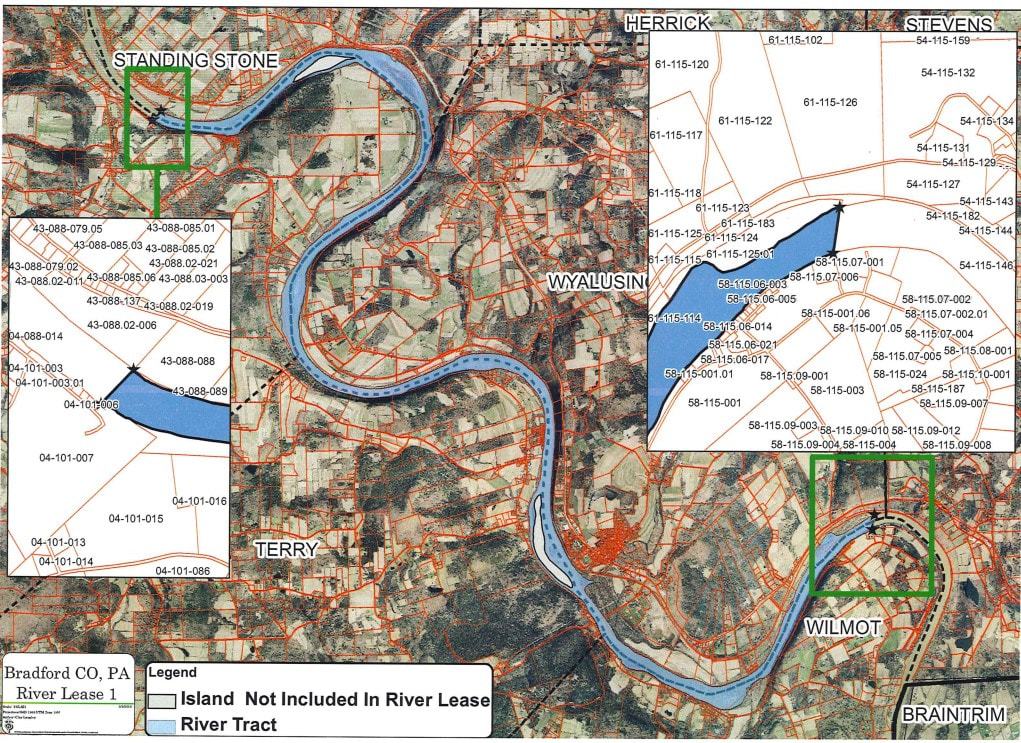
 RSS Feed
RSS Feed